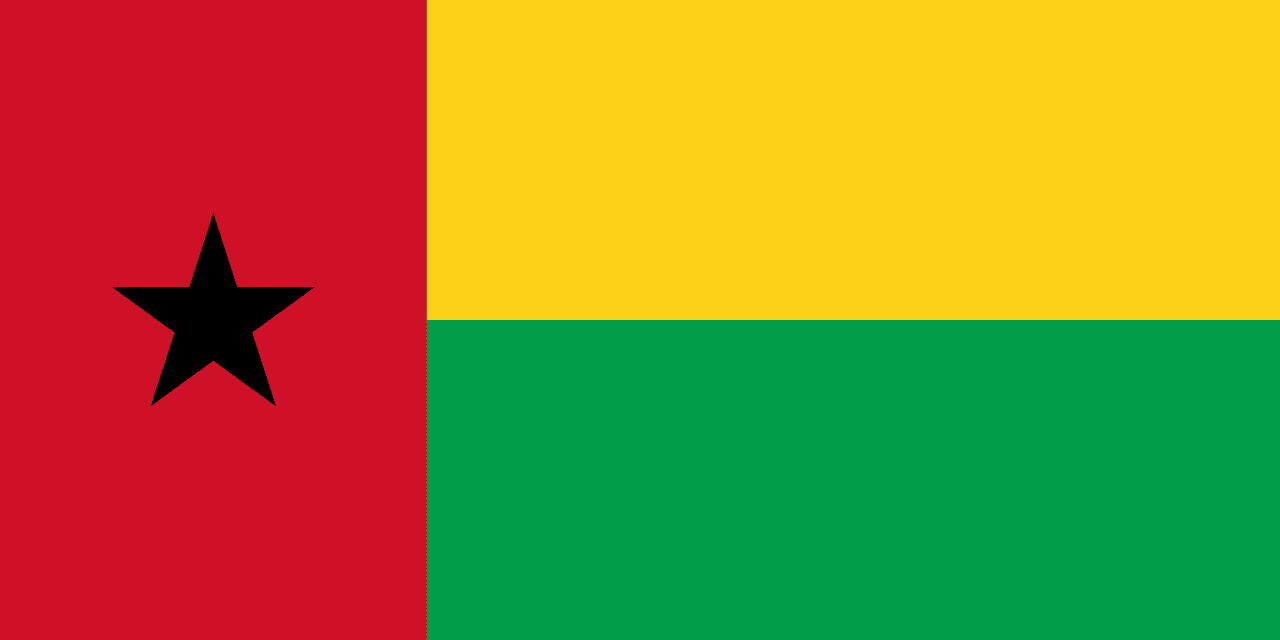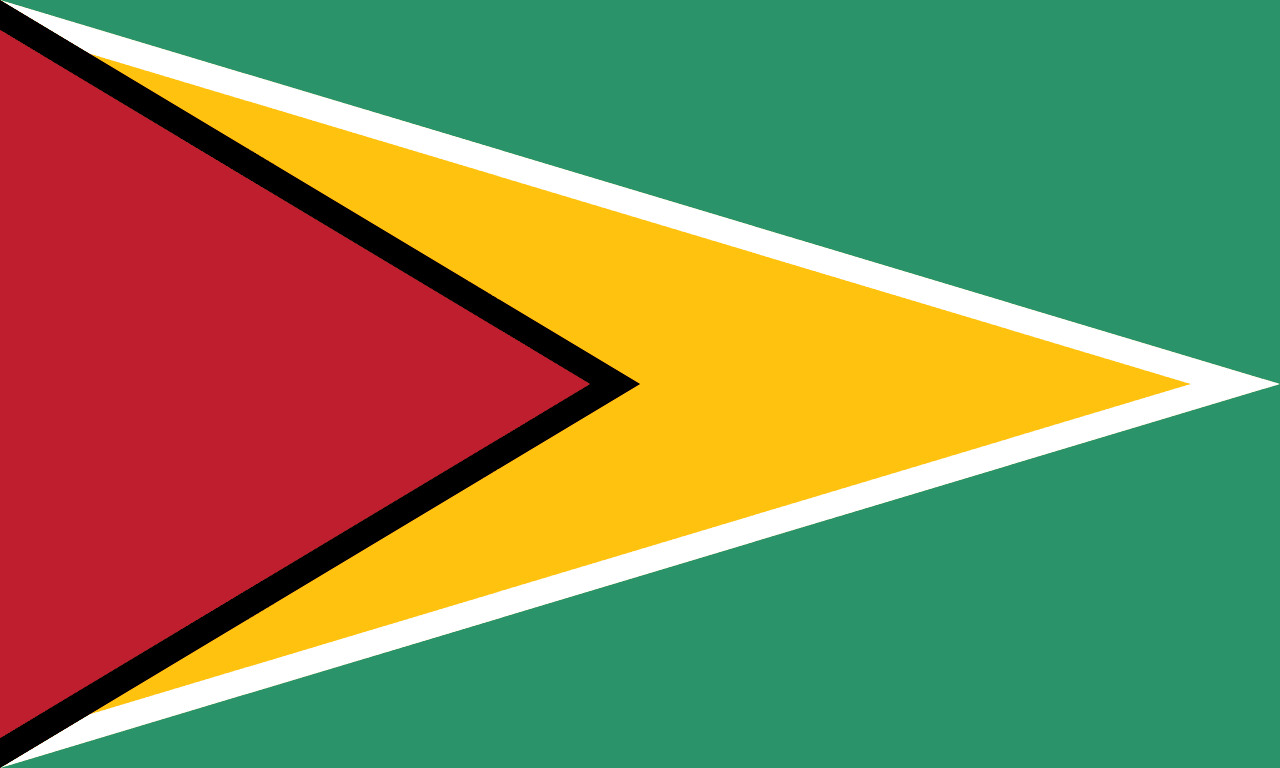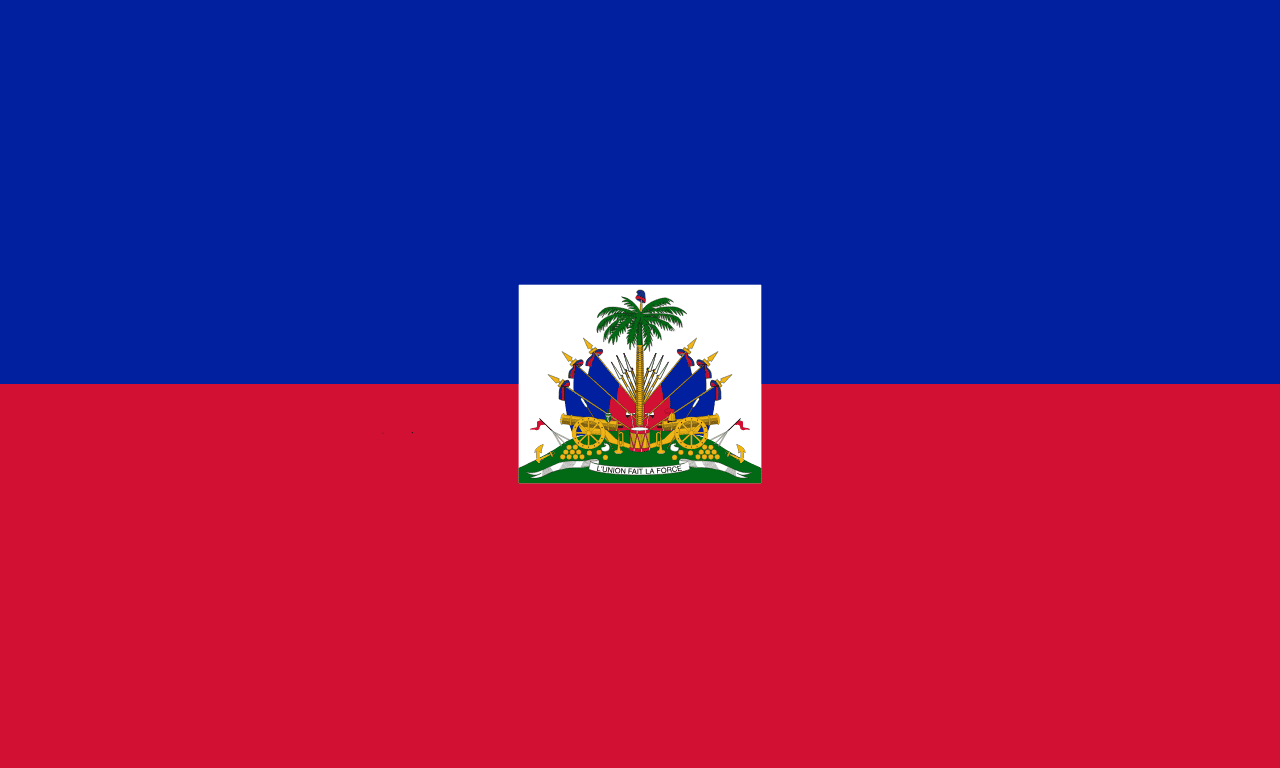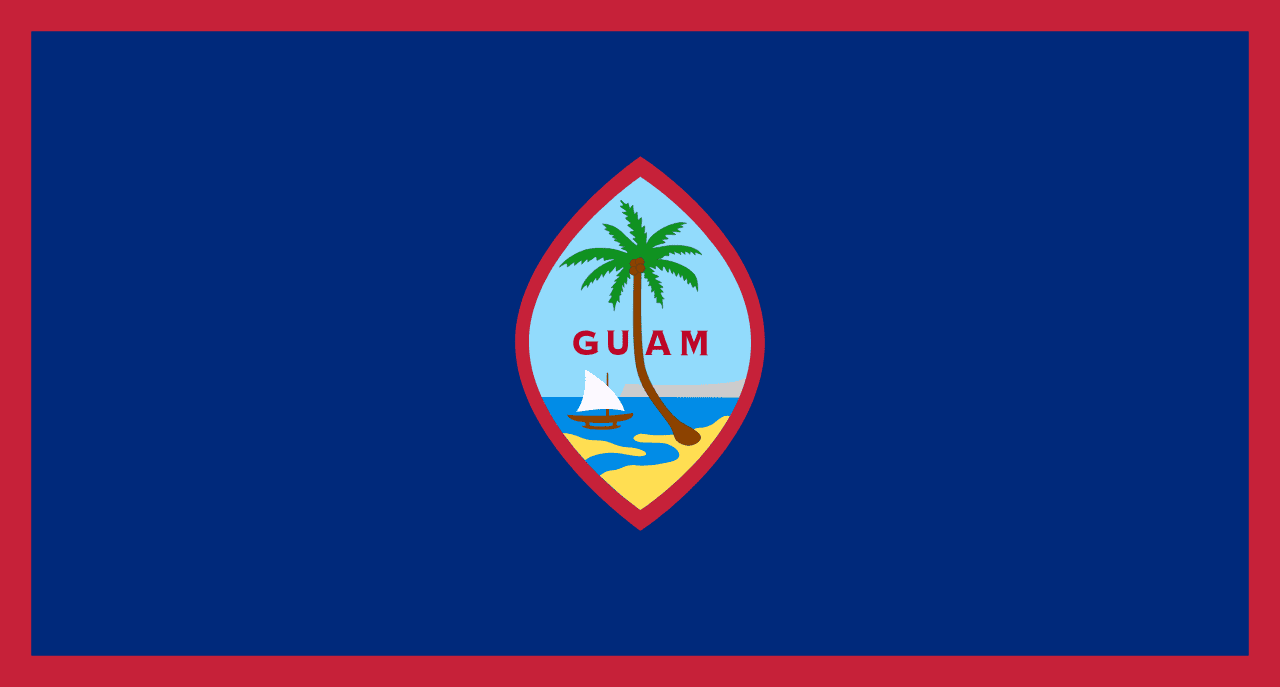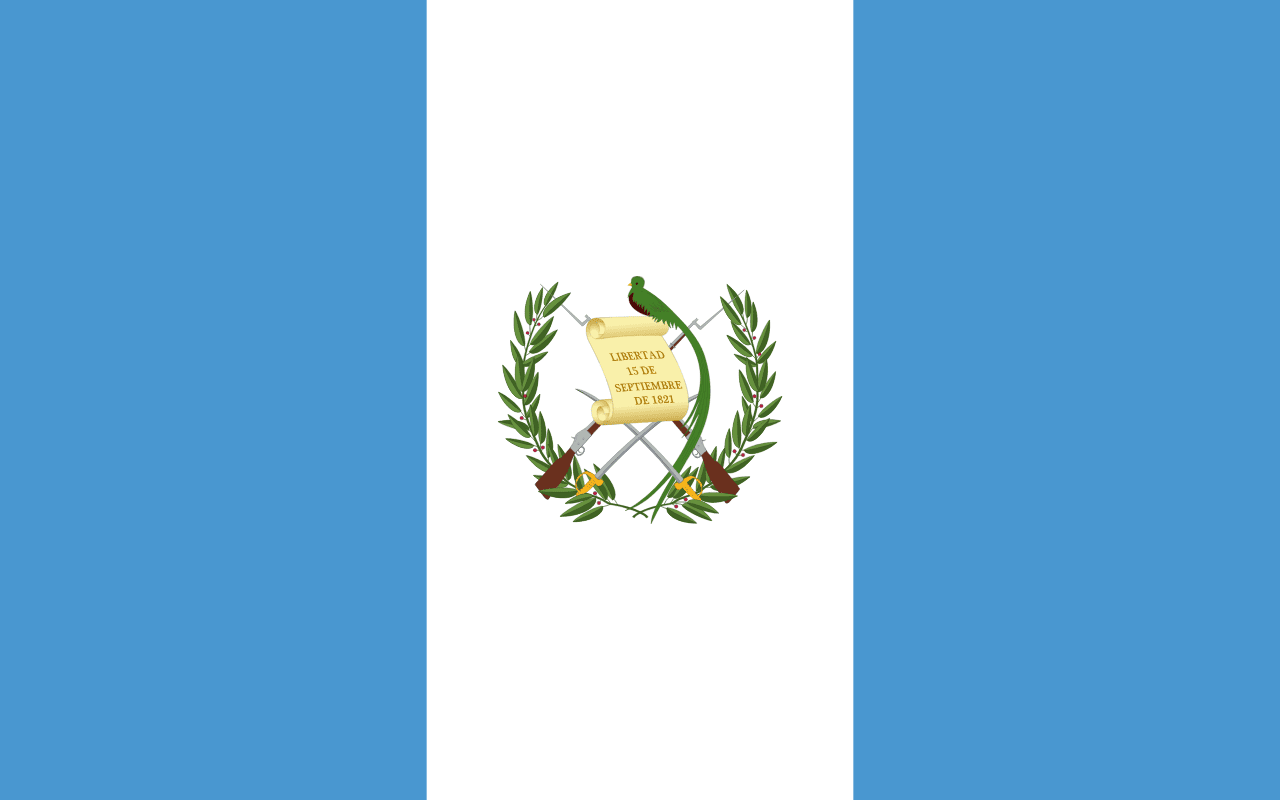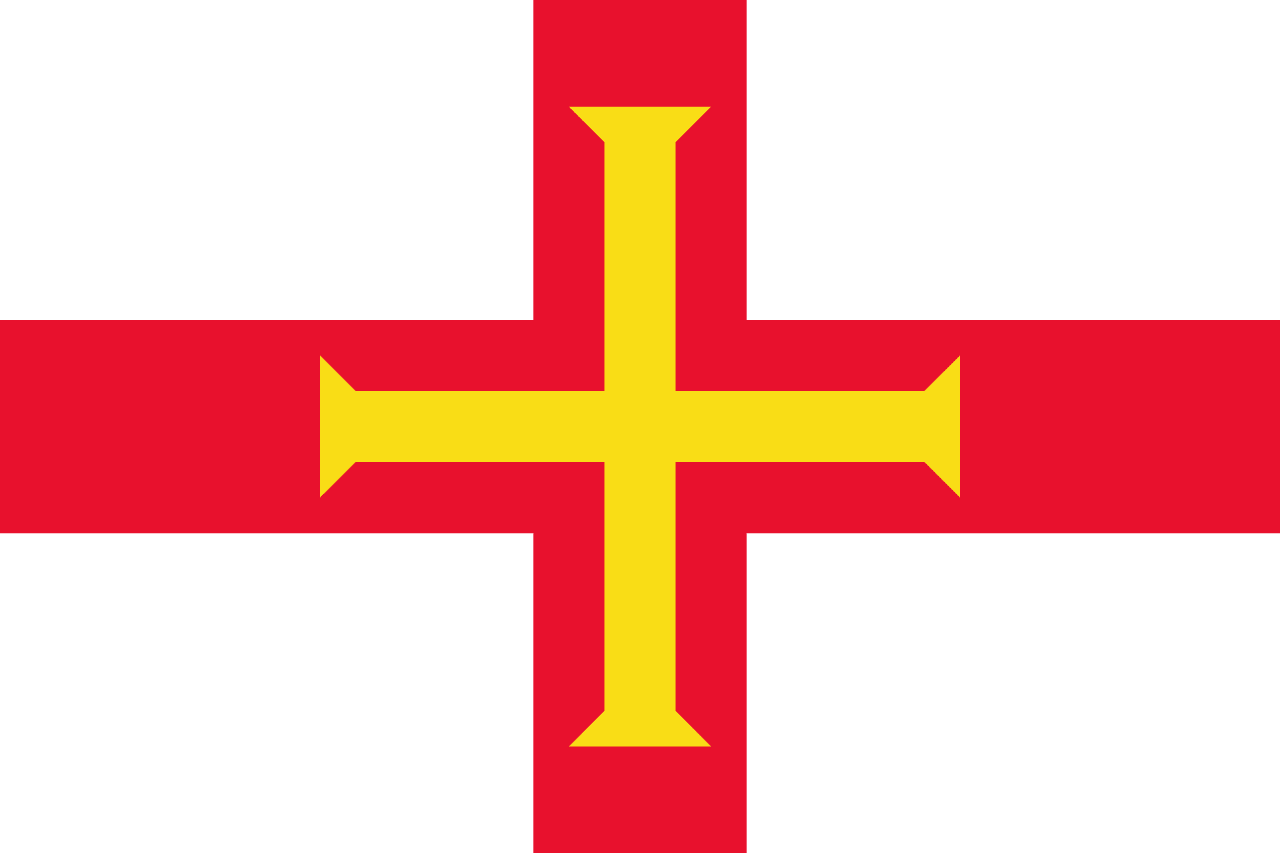The flag of Guinea consists of three equal vertical stripes of red, yellow, and green. This simple yet powerful design encapsulates the nation's history, natural resources, and aspirations, serving as a potent symbol of Guinea's identity and its place within the African continent.
Guinea information
| National Flag Day | — |
| Sovereign state | Yes |
| Official name | Republic of Guinea |
| Capital | Conakry |
| Population | 13,132,795 |
| Area | 245,857 km² |
| Currency | Guinean franc (GNF) |
| Language | French, Fula, Susu |
| Continent | Africa |
| Region | West Africa |
| Subregion | — |
| Borders | Guinea-Bissau, Senegal, Mali, Côte d'Ivoire, Liberia, Sierra Leone |
| Timezone | Guinea Standard Time (GMT) UTC+0 |
| Calling code | +224 |
| Top-level domain | .gn |
History of the Guinean flag
 The flag of Guinea was officially adopted on November 10, 1958, coinciding with the country's declaration of independence from France. The design was heavily influenced by the pan-African movement and the flags of other newly independent African nations. It represents Guinea's break from colonial rule and its emergence as a sovereign state.
The flag of Guinea was officially adopted on November 10, 1958, coinciding with the country's declaration of independence from France. The design was heavily influenced by the pan-African movement and the flags of other newly independent African nations. It represents Guinea's break from colonial rule and its emergence as a sovereign state.
Symbolism and design of the Guinean flag
Each color in the Guinean flag carries significant symbolism. The red stripe represents the blood shed by the country's martyrs in the struggle for independence. It also symbolizes the labor and hard work of the Guinean people. The yellow stripe signifies the sun and the country's mineral wealth, particularly its vast deposits of bauxite and gold. The green stripe symbolizes the country's lush vegetation and agricultural potential, highlighting Guinea's fertile lands and natural beauty.
Usage and significance of the Guinean flag
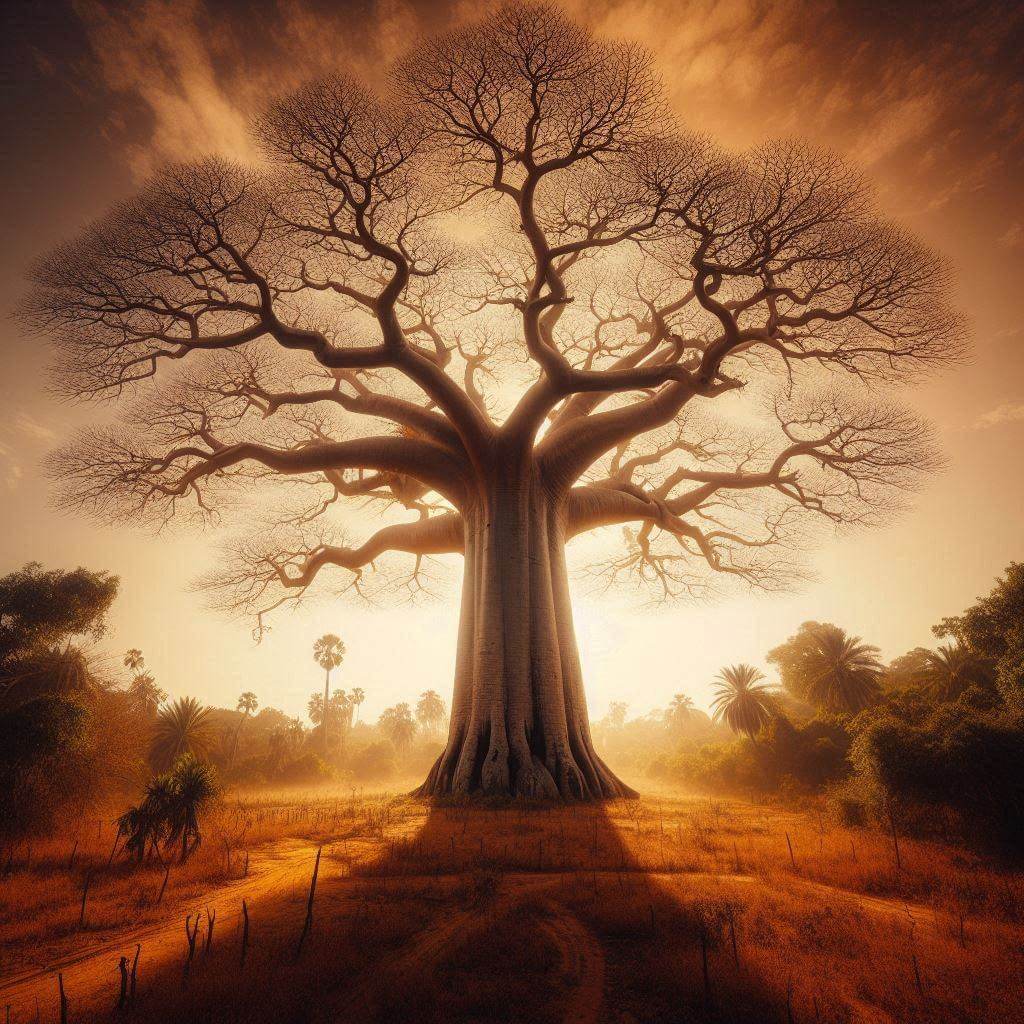 The flag of Guinea is a powerful emblem of national identity and pride. It is prominently displayed on government buildings, during official ceremonies, and at cultural events. In schools, the flag is often raised during morning assemblies, instilling a sense of patriotism in young Guineans. Internationally, the flag represents Guinea in diplomatic settings, at United Nations gatherings, and during sporting events, serving as a visual representation of the country on the global stage.
The flag of Guinea is a powerful emblem of national identity and pride. It is prominently displayed on government buildings, during official ceremonies, and at cultural events. In schools, the flag is often raised during morning assemblies, instilling a sense of patriotism in young Guineans. Internationally, the flag represents Guinea in diplomatic settings, at United Nations gatherings, and during sporting events, serving as a visual representation of the country on the global stage.
Interesting facts about the Guinean flag
- The Guinean flag's colors are inspired by the pan-African movement, symbolizing unity and solidarity among African nations striving for independence and development.
- Guinea was the first French colony in Africa to gain independence, and its flag design influenced several other West African nations that later became independent.
- The flag's colors are sometimes referred to as the "African colors" due to their widespread use in flags across the continent.
- Despite political changes and coups since independence, the flag has remained unchanged, serving as a constant symbol of national identity.
- The flag is often seen alongside the coat of arms of Guinea, which features a dove, two crossed rifles, and the national motto "Travail, Justice, Solidarité" (Work, Justice, Solidarity).
